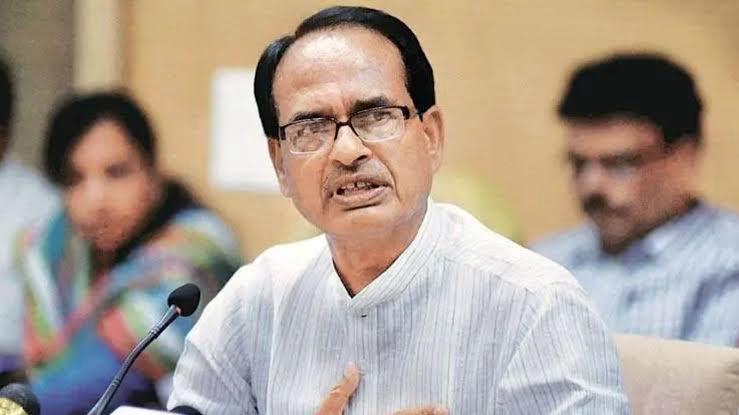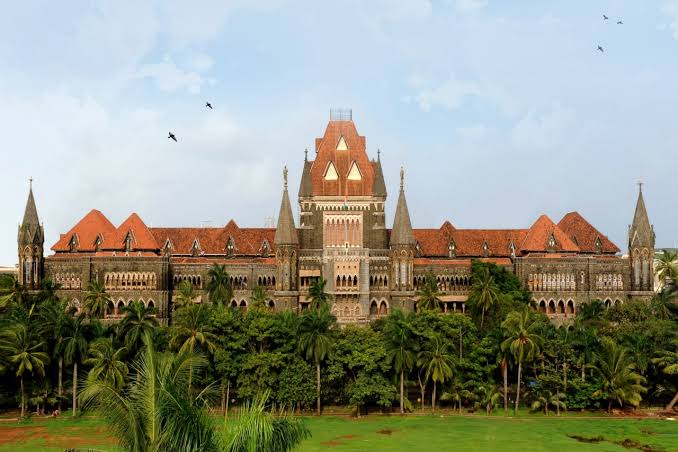 Image Source: The Economic Times
Image Source: The Economic Times
India’s oil market has seen a big shift this June, with Russian crude imports hitting their highest level in almost a year. If you’re wondering what’s behind the numbers, here’s a closer look at what’s driving the trend and what it means for the country.
What’s Happening With Oil Imports?
-
In June, India imported 2.08 million barrels of Russian oil per day—the most since July 2024.
-
Russian oil now makes up about 40% of all the crude India brings in, keeping Russia firmly in the top spot among India’s suppliers.
-
This jump comes even as India’s total oil imports actually dropped by 6% compared to the previous month. Russian oil, though, was up 8%.
Why the Sudden Increase?
-
Indian refiners have been stocking up, partly because of global tensions like the Israel-Iran conflict and the steady supply of discounted Russian crude.
-
Three major Indian refineries are behind more than half of these imports, and they’re also exporting refined products to countries in the G7+ group.
-
With India importing over 85% of its oil, getting a good deal on Russian crude is a big draw, especially as prices from the Middle East have stayed higher.
How Are Other Suppliers Doing?
-
Iraq, usually India’s second-biggest supplier, saw its exports to India drop by 17% in June.
-
Saudi Arabia’s numbers stayed about the same, while the UAE actually sent a bit more oil.
-
The US is still in the top five, with a steady share of the market.
The Bigger Picture
-
China is still the biggest buyer of Russian oil, but India is right behind, taking 38% of Russia’s exports.
-
In June, India spent 4.5 billion euros on Russian fossil fuels, with crude oil making up the bulk of that bill.
-
The move toward Russian and other non-OPEC suppliers shows India’s focus on getting the best price and keeping its energy options open.
What’s Next?
With Russian oil staying cheap and global supply chains still unpredictable, Indian refiners are likely to keep buying from Russia. At the same time, the government is looking for new sources to make sure the country’s energy needs—and diplomatic relationships—stay balanced.
Sources: Times of India, Economic Times, CNBC TV18, NDTV Profit, The Hindu Business Line, Business Standard, The Week, New Indian Express
Advertisement
Advertisement





